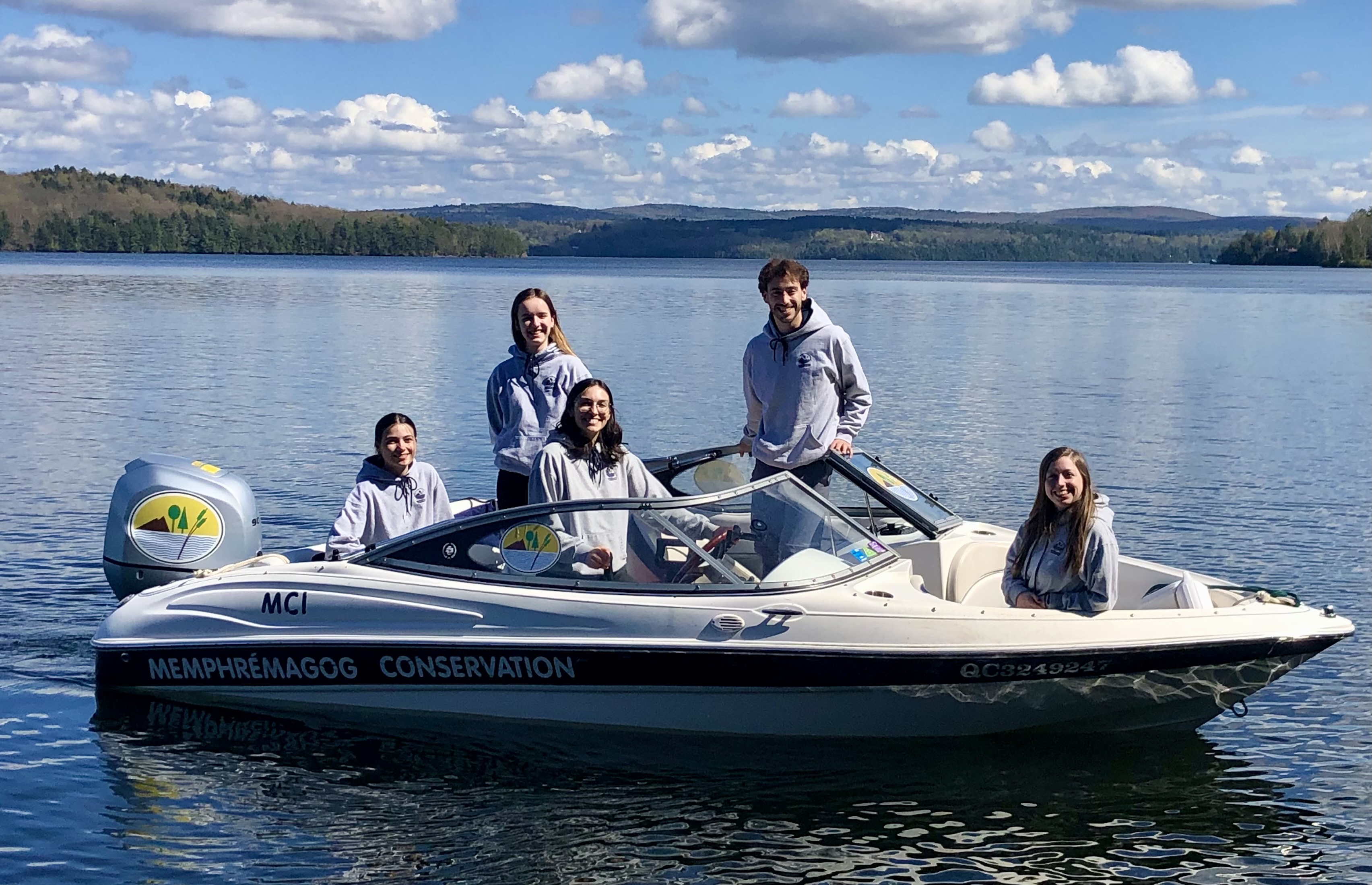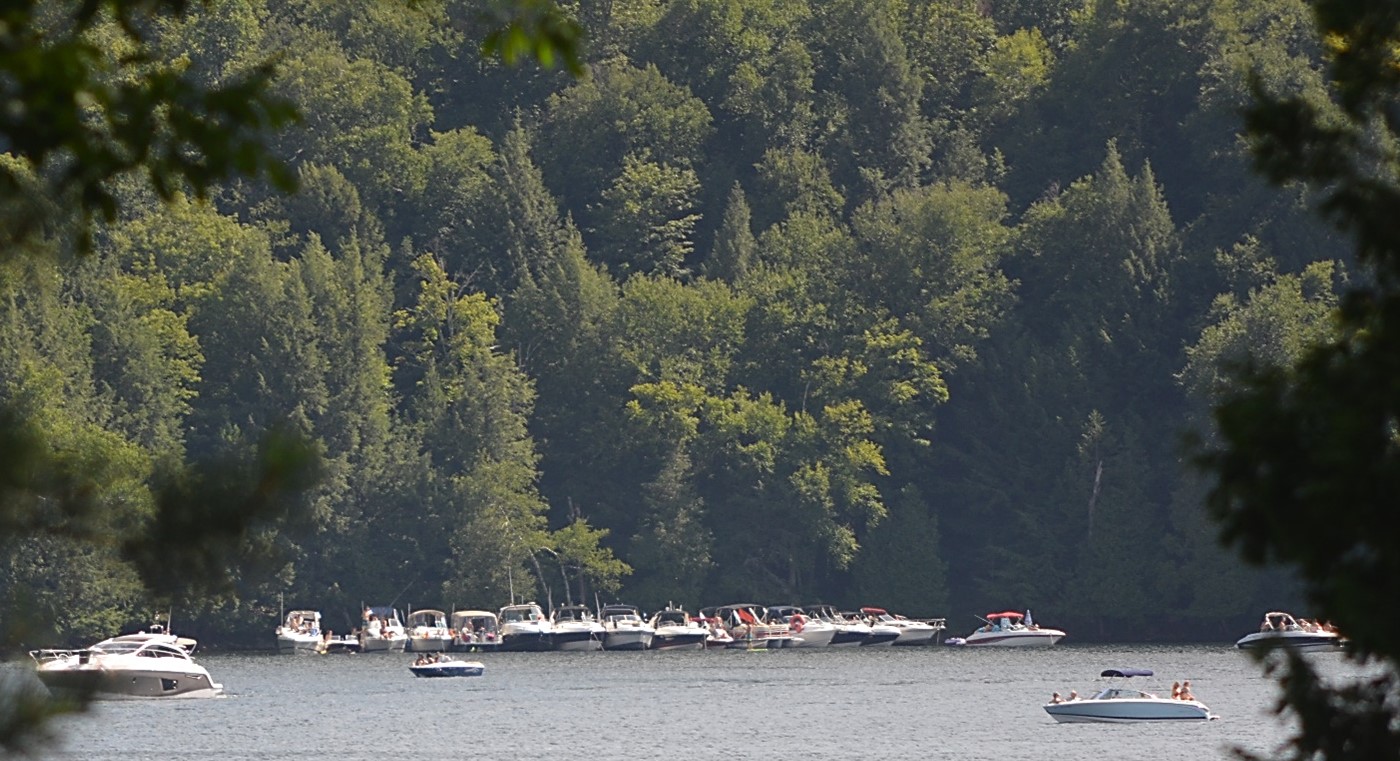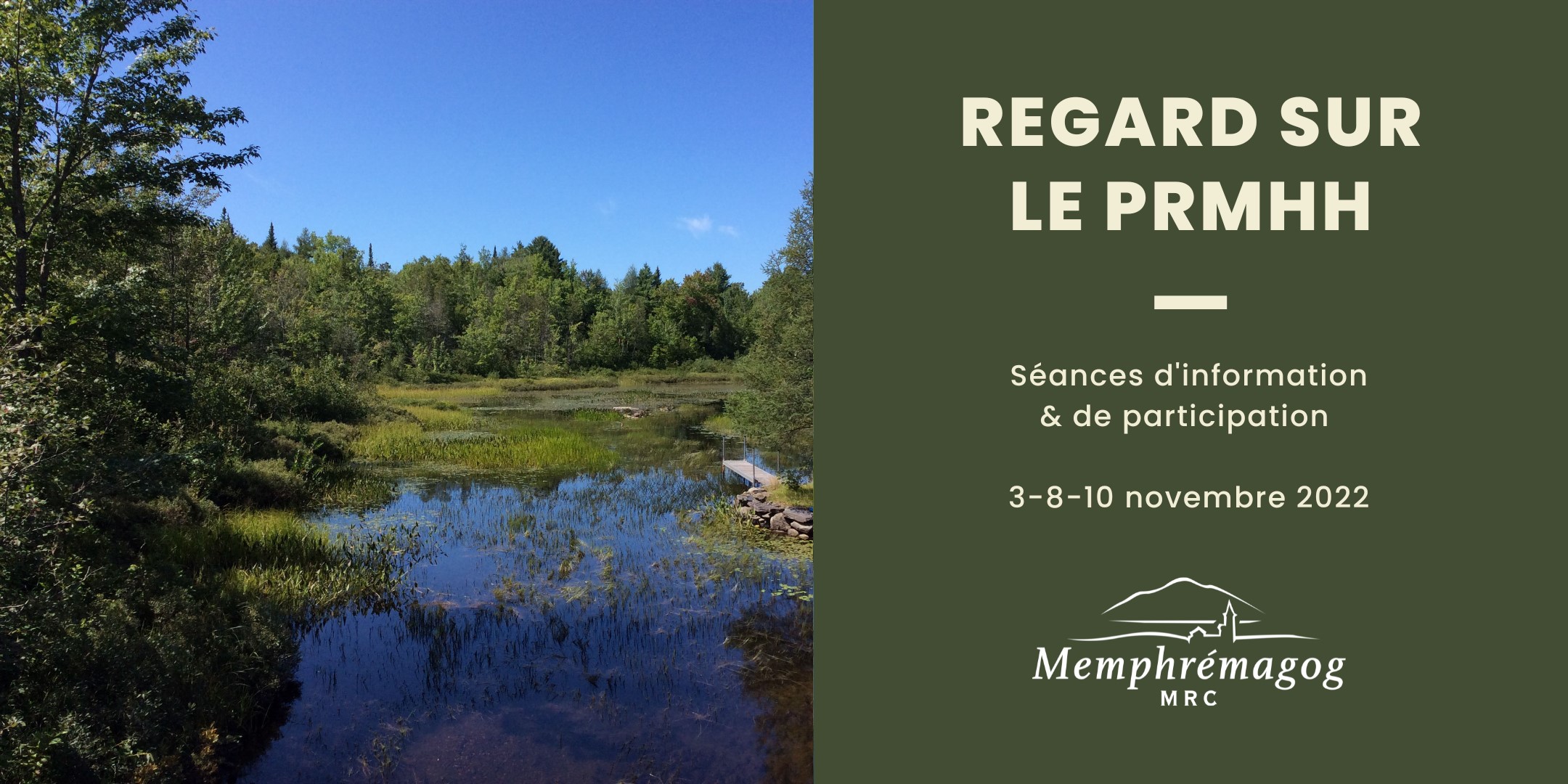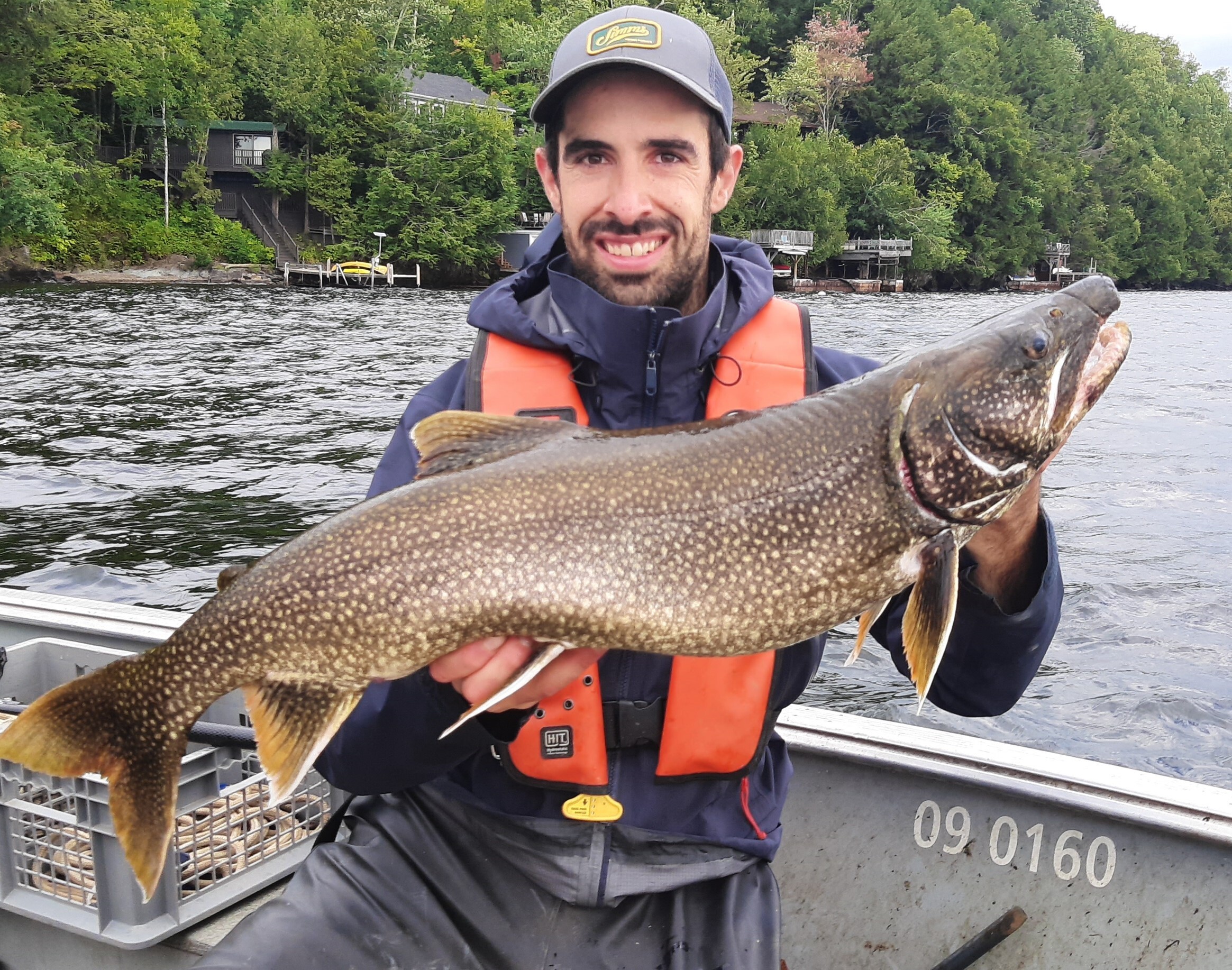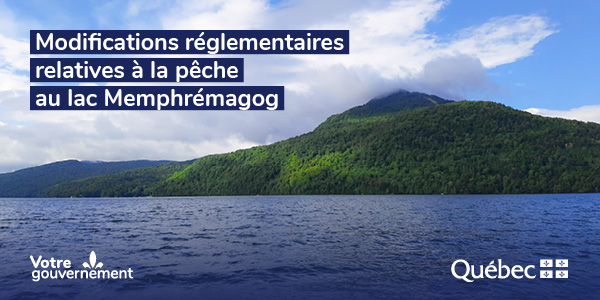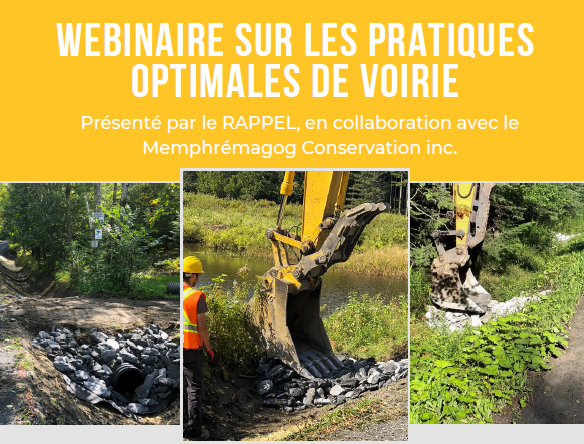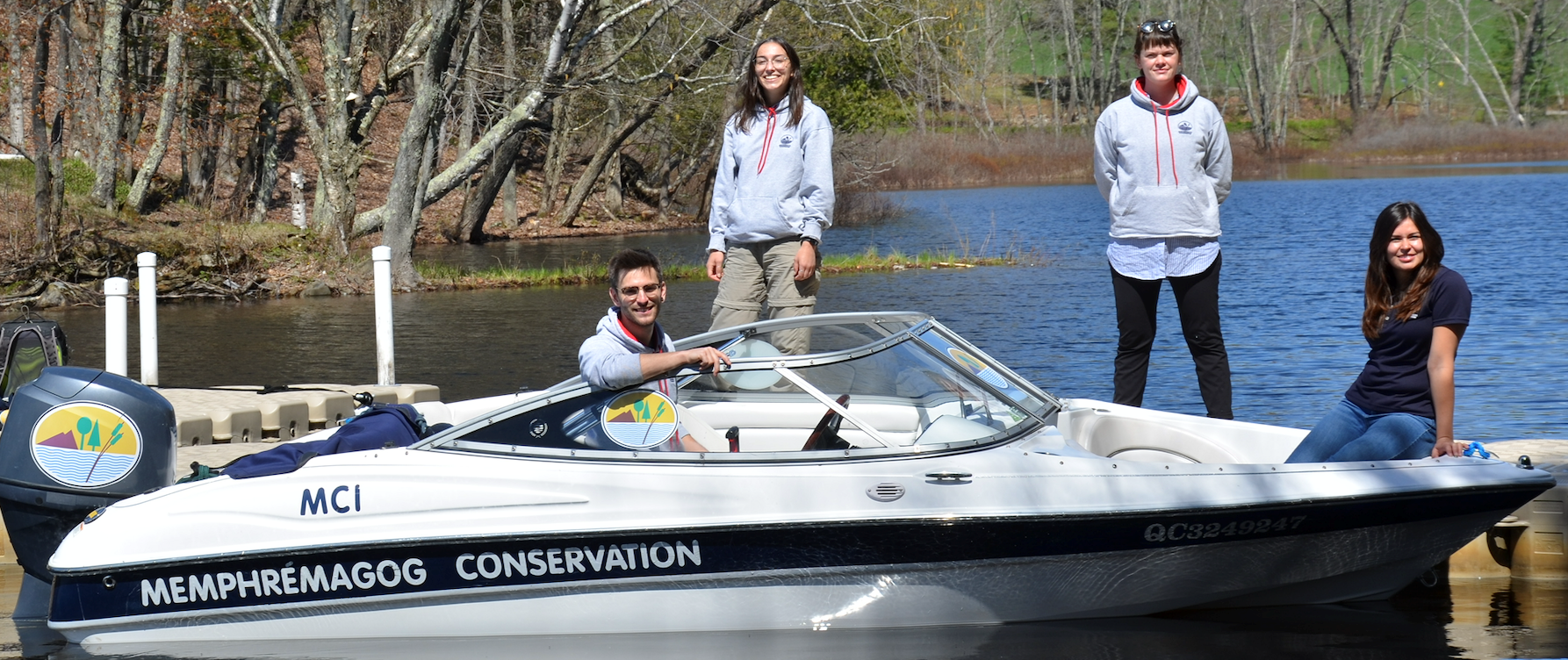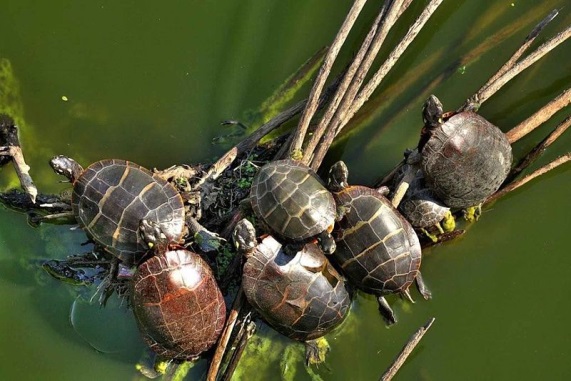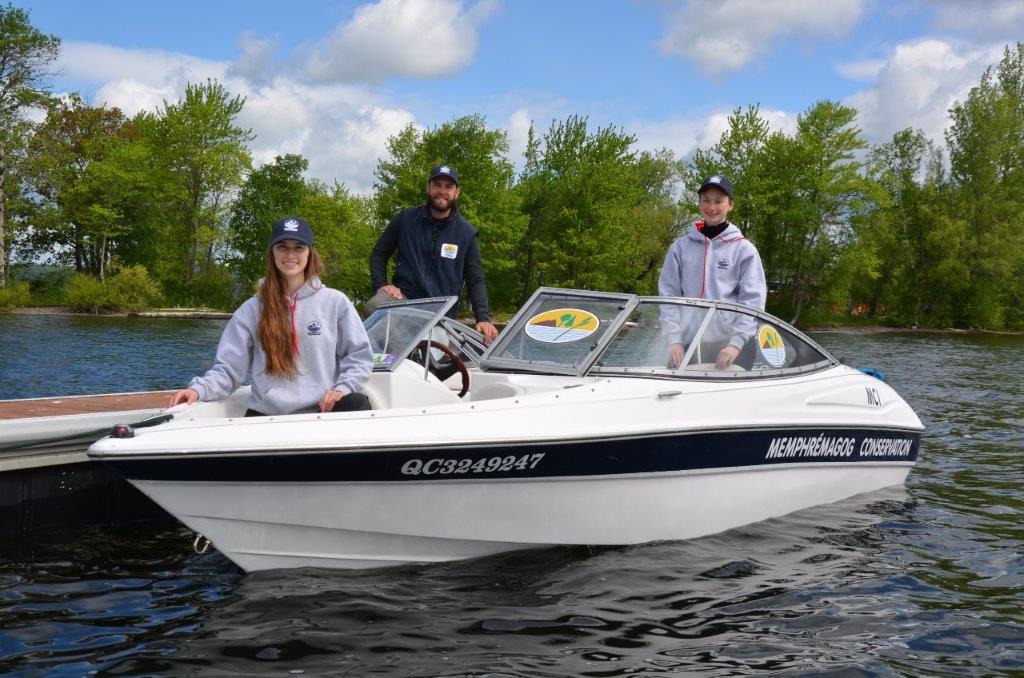Watershed
Context
Lake Memphremagog’s watershed must be considered as a single territory. In fact, all the rain and snow falling in the watershed ends up in the lake, carrying with it whatever it picks up on the way. Thus, the effects of human activity in the watershed is cumulative. We thus treat the watershed as a single management unit, in order to ensure that we do not overtax the lake’s ability to adequately handle all the water flowing into it.
What is a watershed?
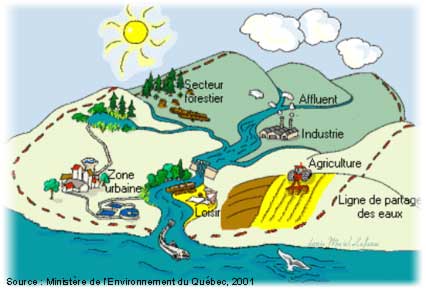
A watershed is an ecosystem that encompasses all of the territory within which all of the water falling upon it flows into the same area to form a stream, river or lake. Thus, every stream, river and lake has its own watershed.
What are the borders of a watershed?
The shape of a watershed is determined by the contours of the land, and encompasses that area limited by the highest elevations from which the water flows to the body of water in question. It is not defined by any administrative or political delineations.
What does it include?
The watershed is an ecosystem that includes all of the land and the entire hydrological network within which the water flows into the waterway in question.
What is a watershed’s hydrological network?
The hydrological network of a watershed comprises all of the surface water (runoff, streams, ponds, lakes and wetlands) and all of the subsurface water that flows into the waterway.
Why speak of watersheds in the context of water management?
The watershed constitutes the best unit to ensure a global, integrated water management system, since it is at this level that human activities and land uses influence the quality of the water, from upstream to downstream. 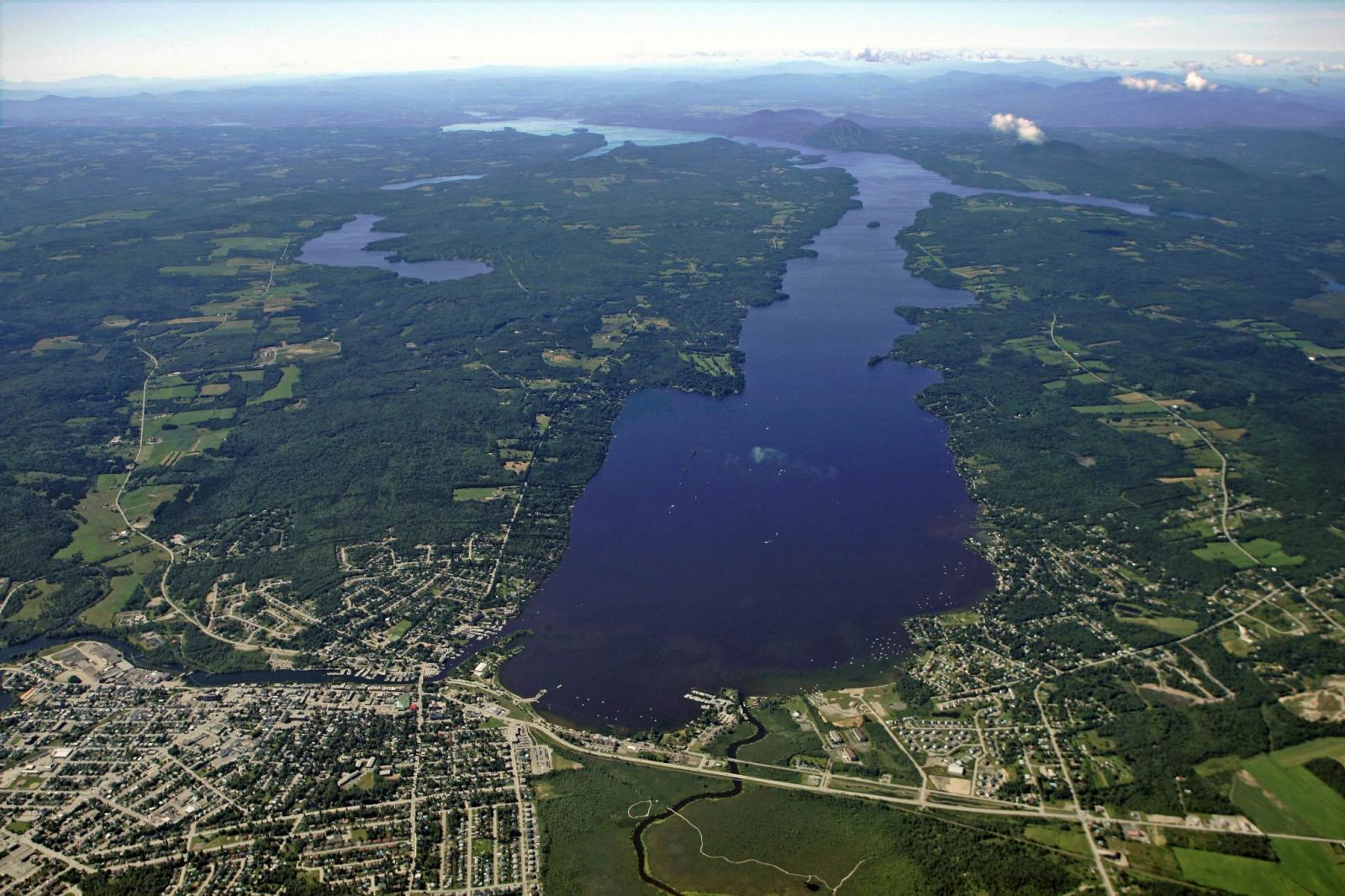
Management at the watershed level takes into consideration all that happens within it, both human influenced and natural. This approach is used in national water policies, adopted in the fall of 2002. It presumes the participation of all those concerned within the watershed: elected officials, direct users, communities and all citizens of the watershed. This ecosystem approach allows us to better identify the problems that affect the quality of the water, and to take the appropriate actions aimed at improving the quality of the water. It should also be remembered that the deterioration of water quality does not only depend on private residences near the waterway, but also on all of the activities taking place within the watershed.
Snapshot of Lake Memphremagog’s watershed
Lake Memphremagog’s watershed, shown in green, is in reality a sub-watershed of the St-Francis river, shown in blue. We can see, in the figure, that the lake’s watershed, is 1,800 sq. km., straddling two countries, and 75% of which is in the state of Vermont.
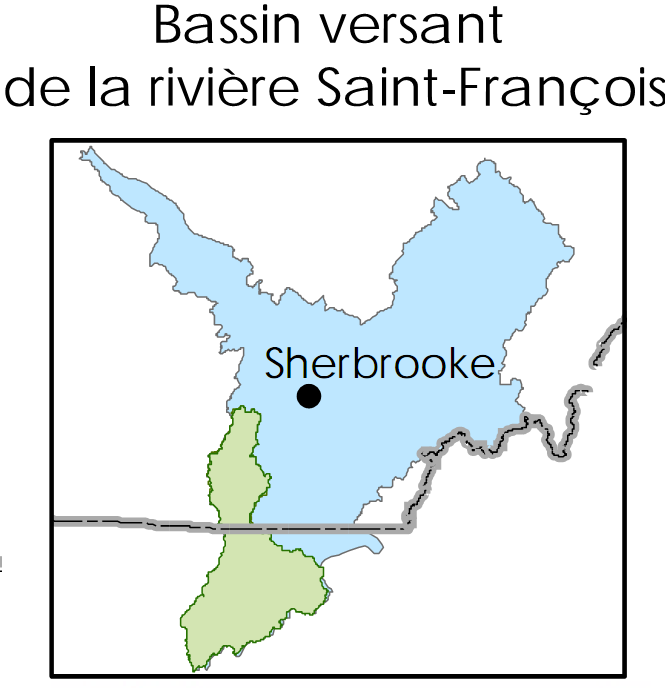 In short, the lake’s watershed contains:
In short, the lake’s watershed contains:
- More than 35 tributaries
- 10 municipalities on the Canadian side
- 4 water treatment plants on the Canadian side
- 2 sanitary landfill sites
- 2 ski centres
- 6 golf courses on the Canadian side
- More than 30 marinas
- Over 4,000 boats permanently on the Canadian side
- Recreotopuristic, agricultural, forestry and industrial activities
- Areas of intense urbanization, causing important loss of forest cover
What is a local watershed committee?
A local watershed committee is a round table responsible for the management of the water in a particular watershed. The entire watershed community is represented on the committee. This includes elected representatives, users of the body of water, and communities in the watershed. Citizens of the watershed area are represented by these actors.
Why a Lake Memphremagog watershed committee?
The Lake Memphremagog watershed committee (CLBV Memphrémagog) has the mandate to prepare a master management plan (PDE) for the watershed. The objective of this plan is to balance the human activities against the watershed’s capacity to support those activities. It must, among other things, identify the sources of phosphorus, and implement a concrete action plan to reduce these sources. MCI is committed to work in collaboration with this committee.
What is the purpose of the master management plan (PDE)?
- set common objectives
- set priorities, based on the seriousness of the negative impacts identified, the difficulty ofapplying corrective measures, availability of the actors involved, as well as the funds available
- establish short, medium and long term strategies
- establish specific timelines
Action:
After which, the entire community must apply the actions set out in the management plan. Specifically, it is the territory managers (MRC and municipalities) who will be responsible for implementing the management plan.
For more information:
- RAPPEL, 2005: Pamphlet on watersheds (in French only)
- RAPPEL, 2005: Pamphlet on watershed management (in French only)
- MDDEP, 2004: Water management at the watershed level (in French only)
- MDDEP, 2009: Watershed management at the watershed level (in French only)
- Regroupement des Organismes de Bassin Versants du Québec: Web site (in French only)
- Dailymotion (COGESAF), 2008: Vidéo on Lake Memphremagog and its watershed (in French only)
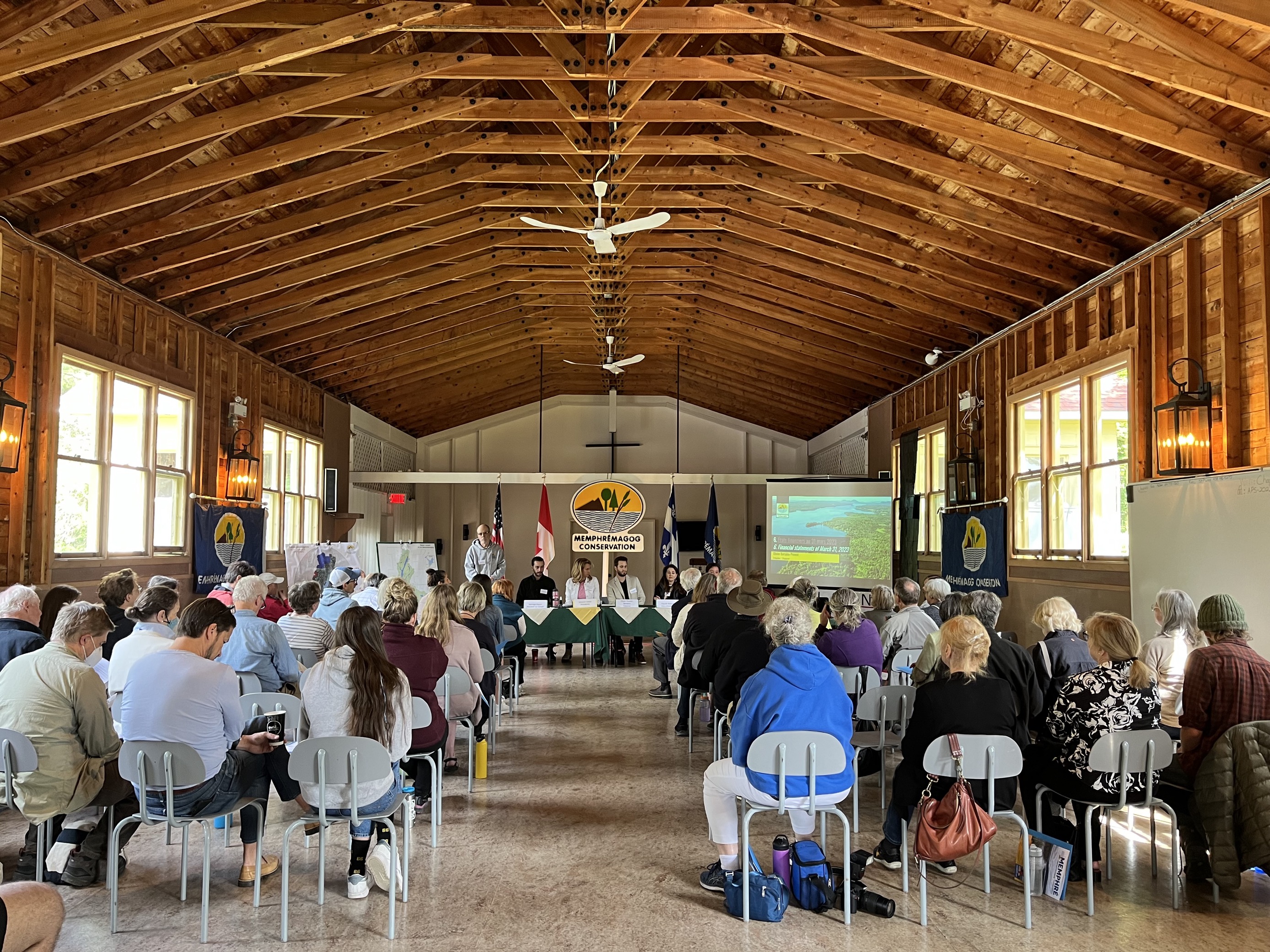
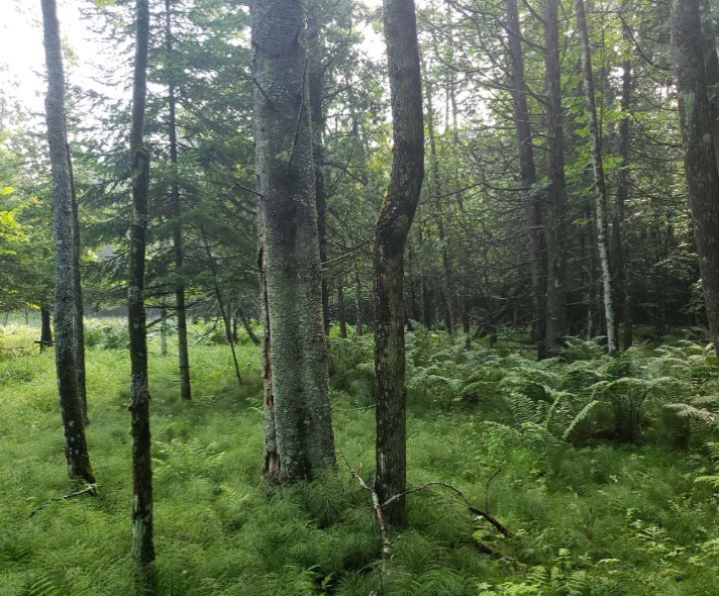
.png)

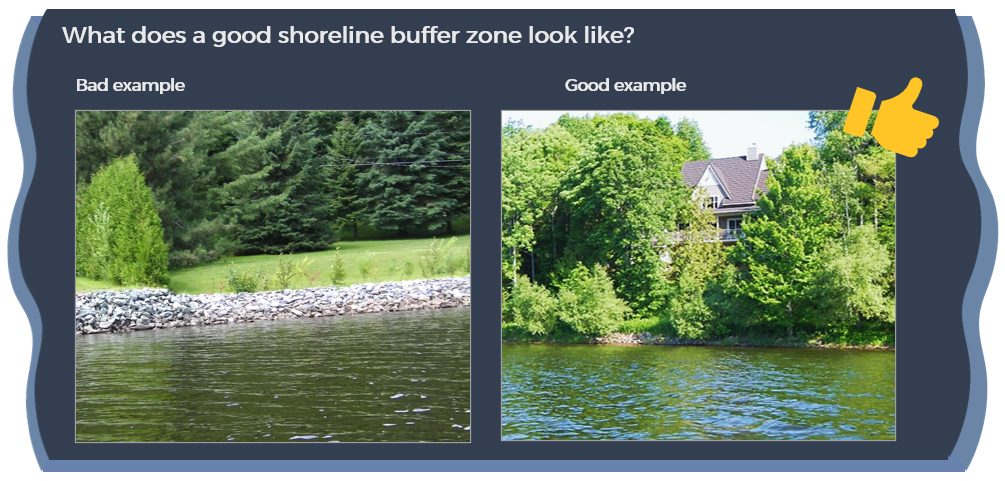
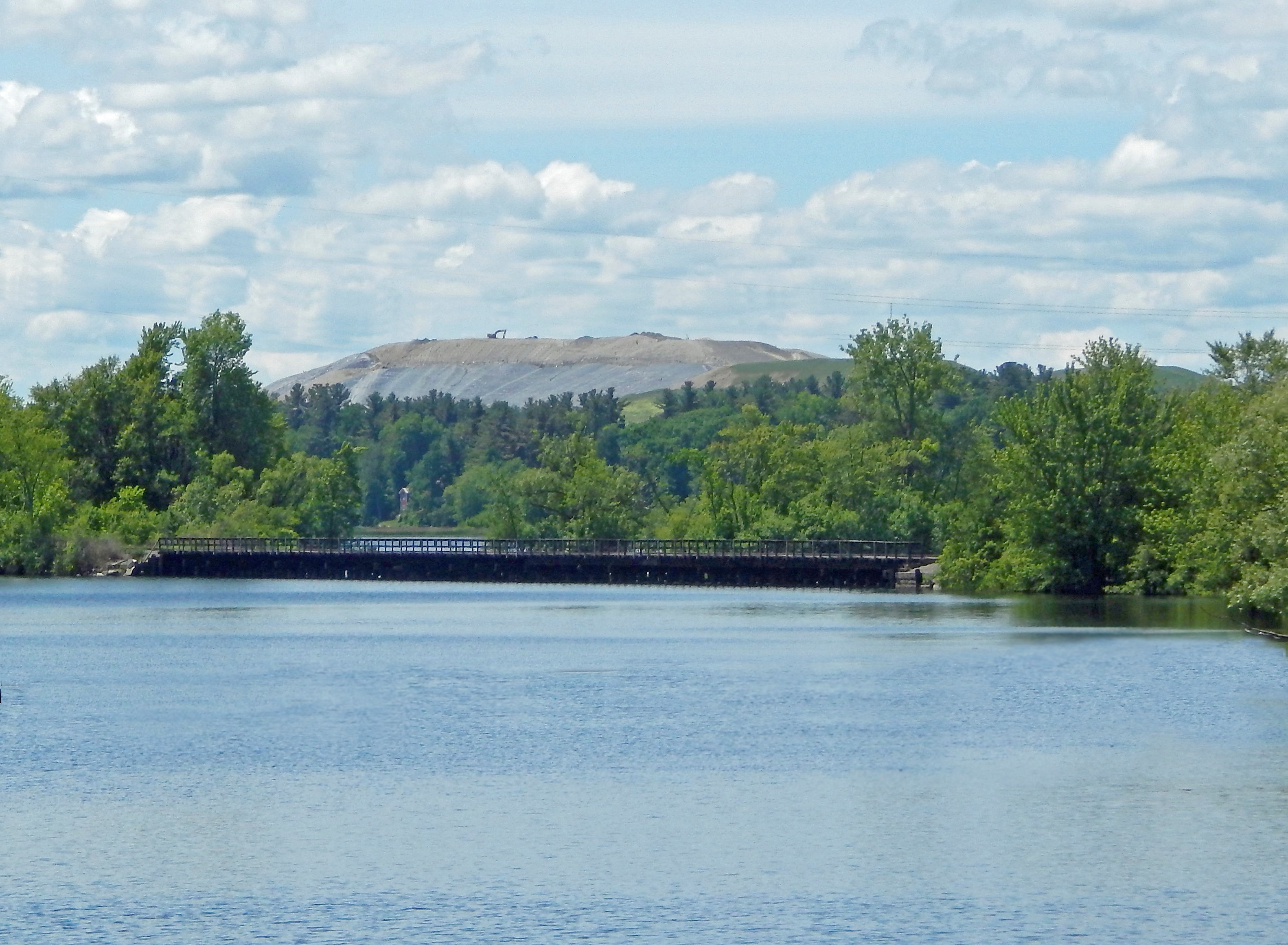


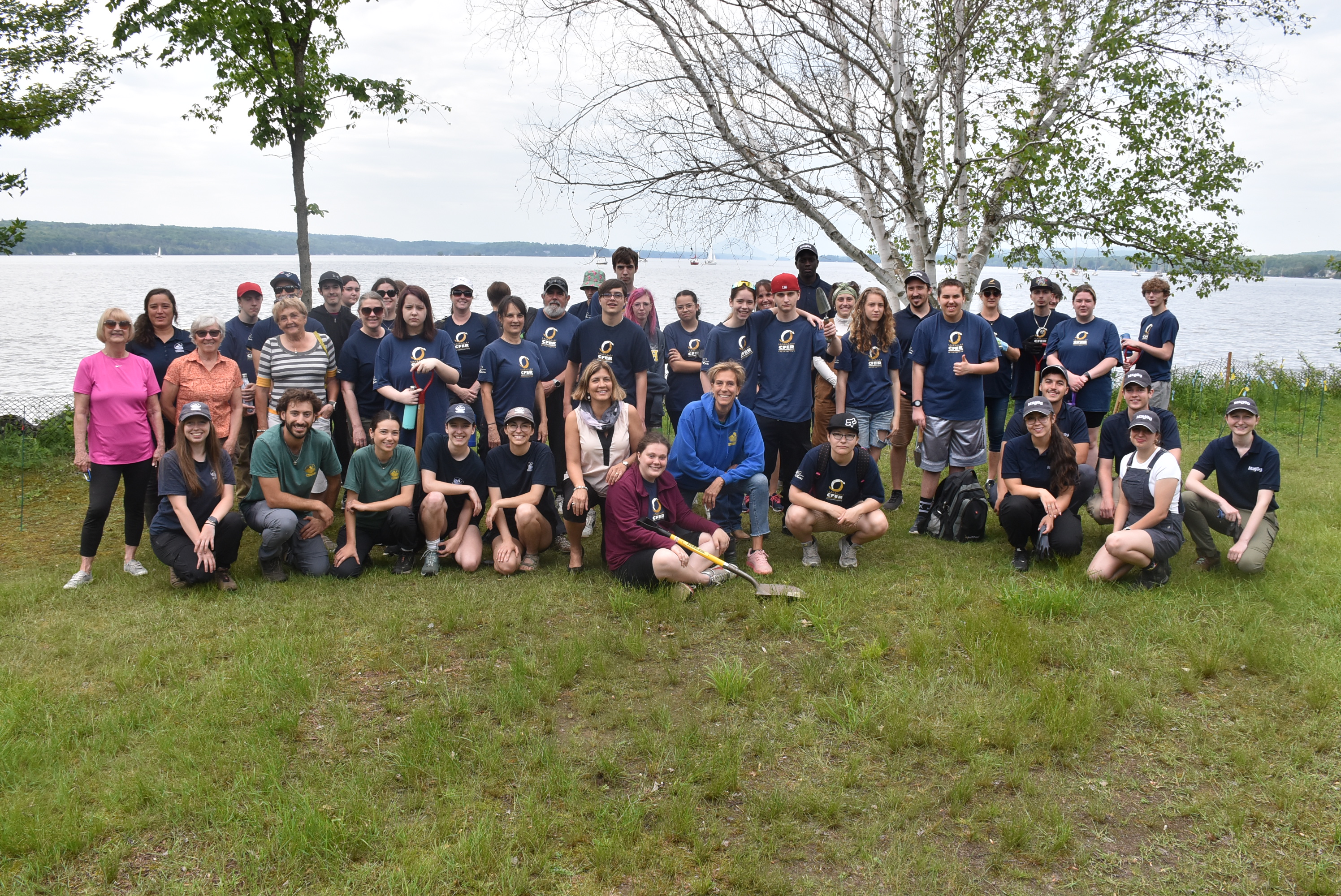
.JPG)
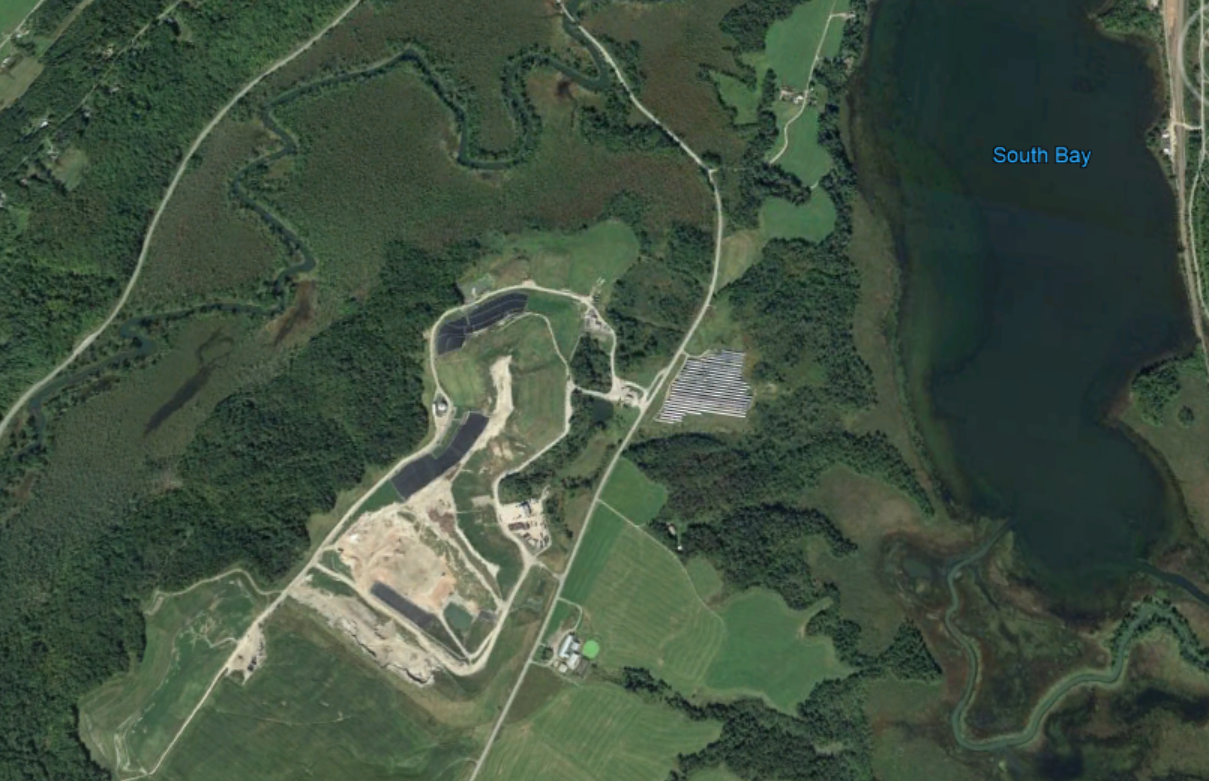
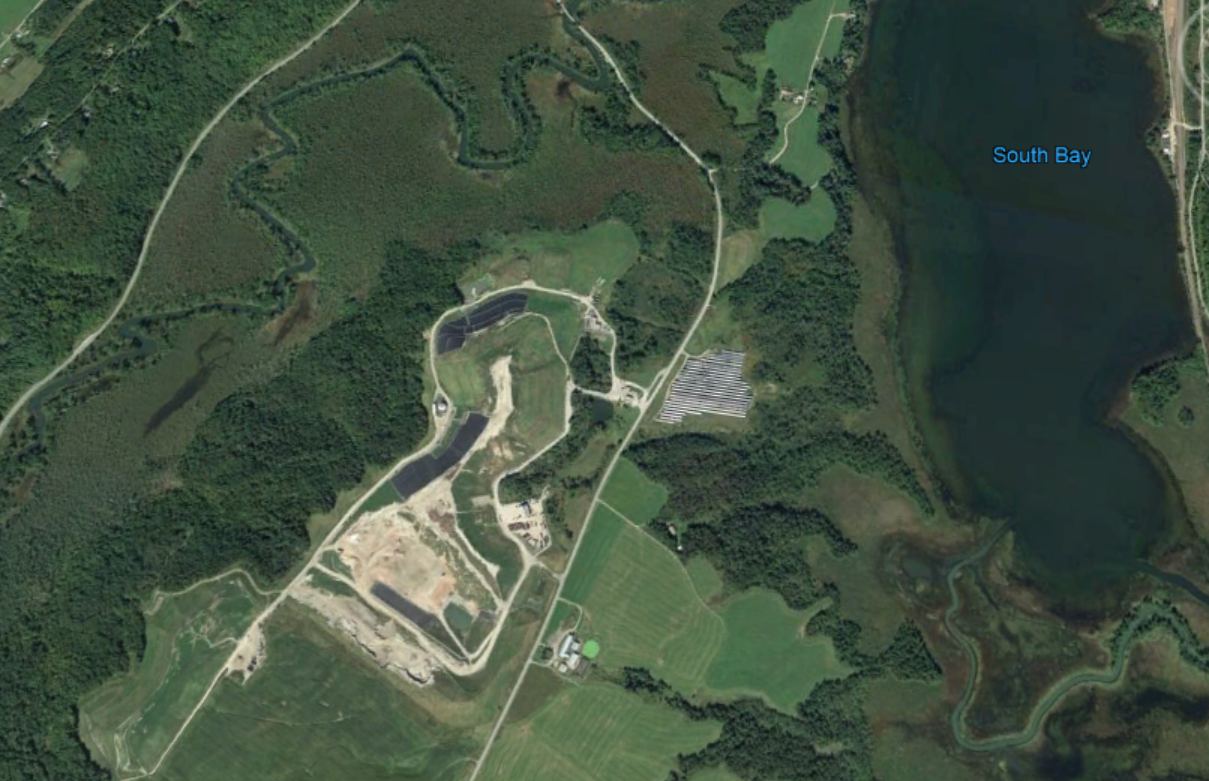
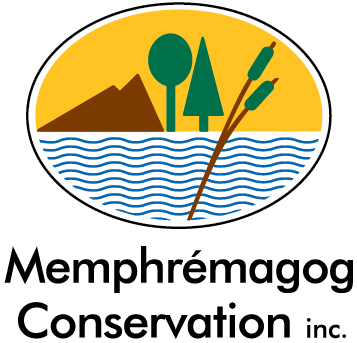


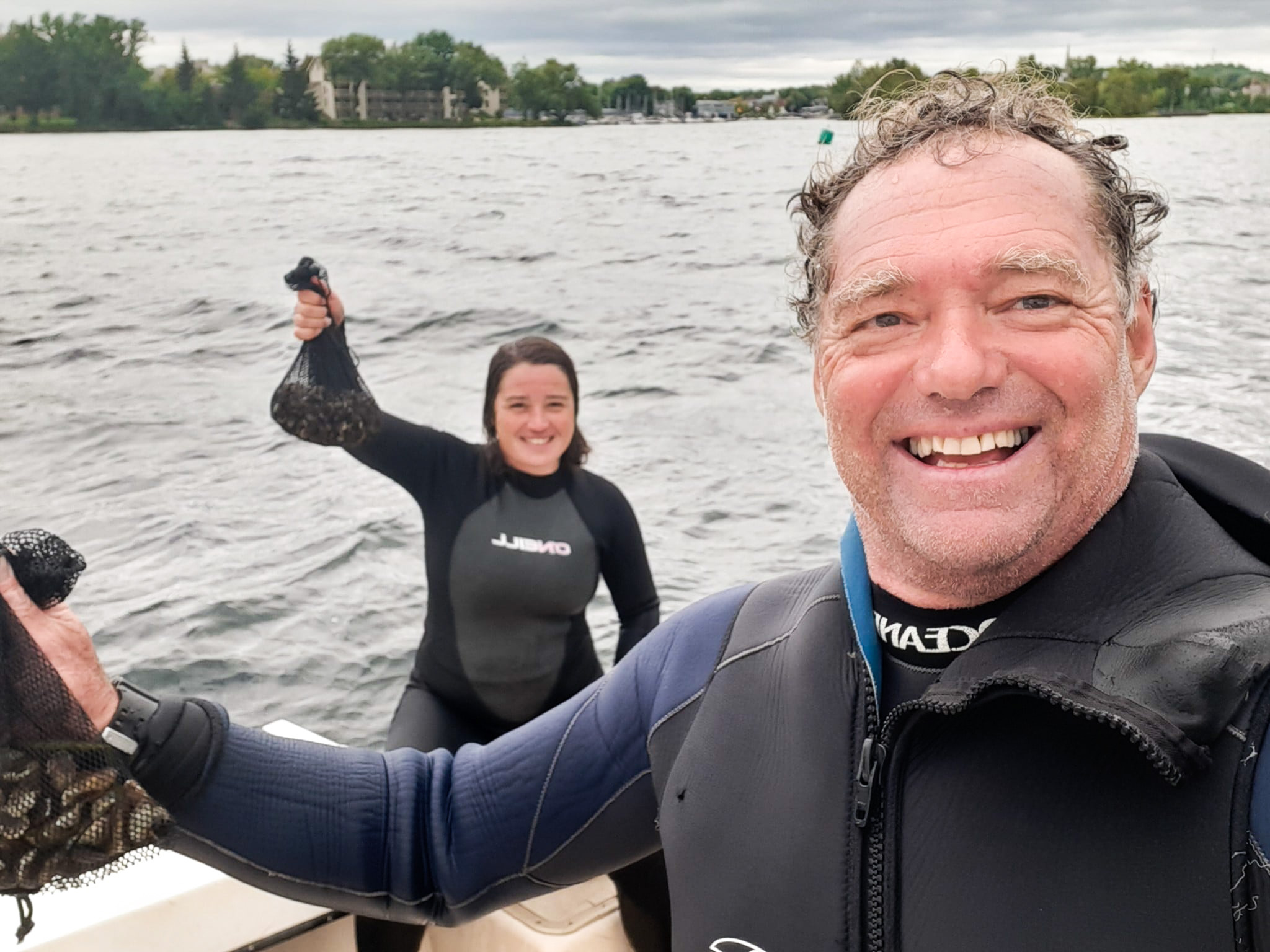

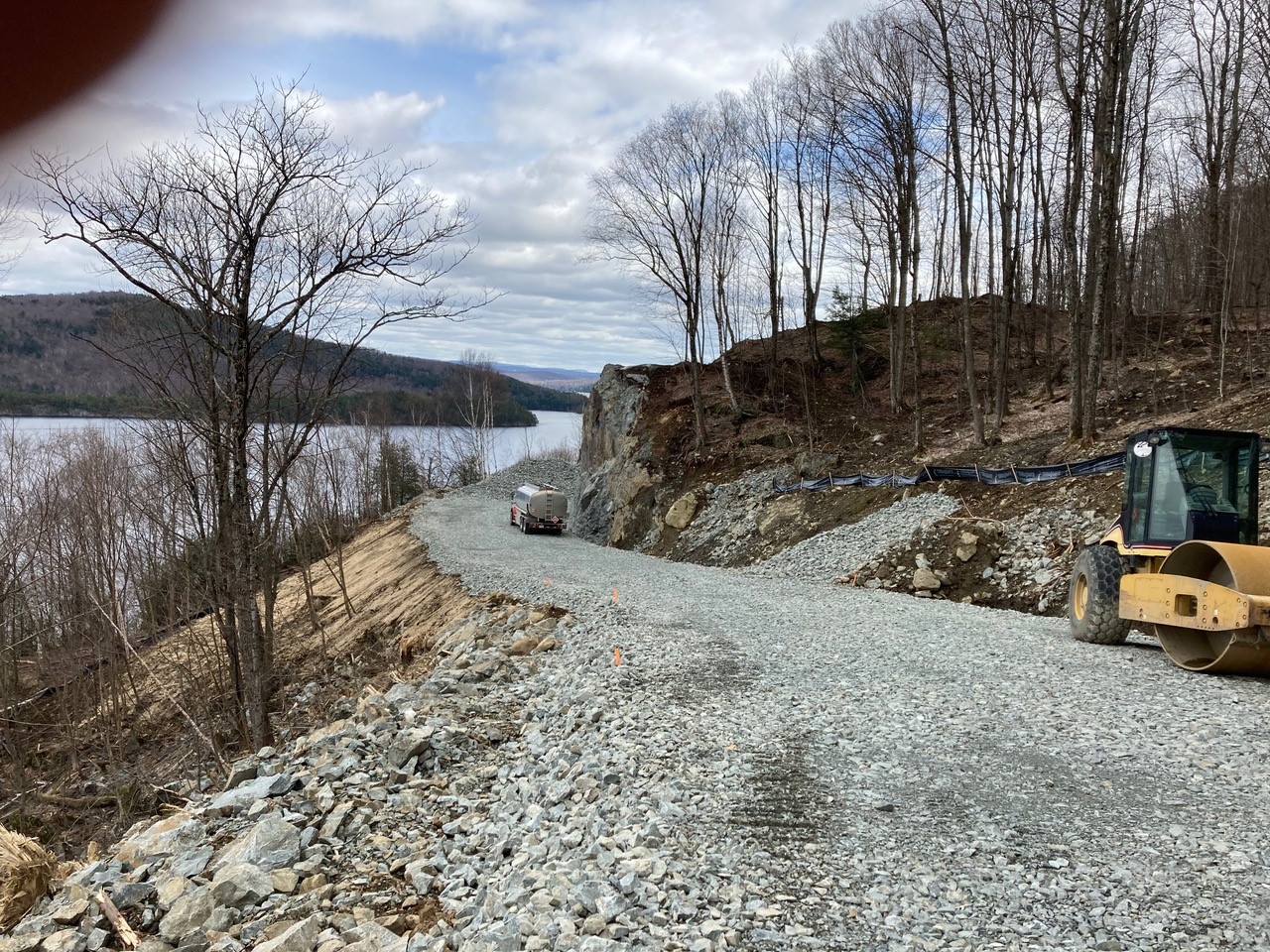
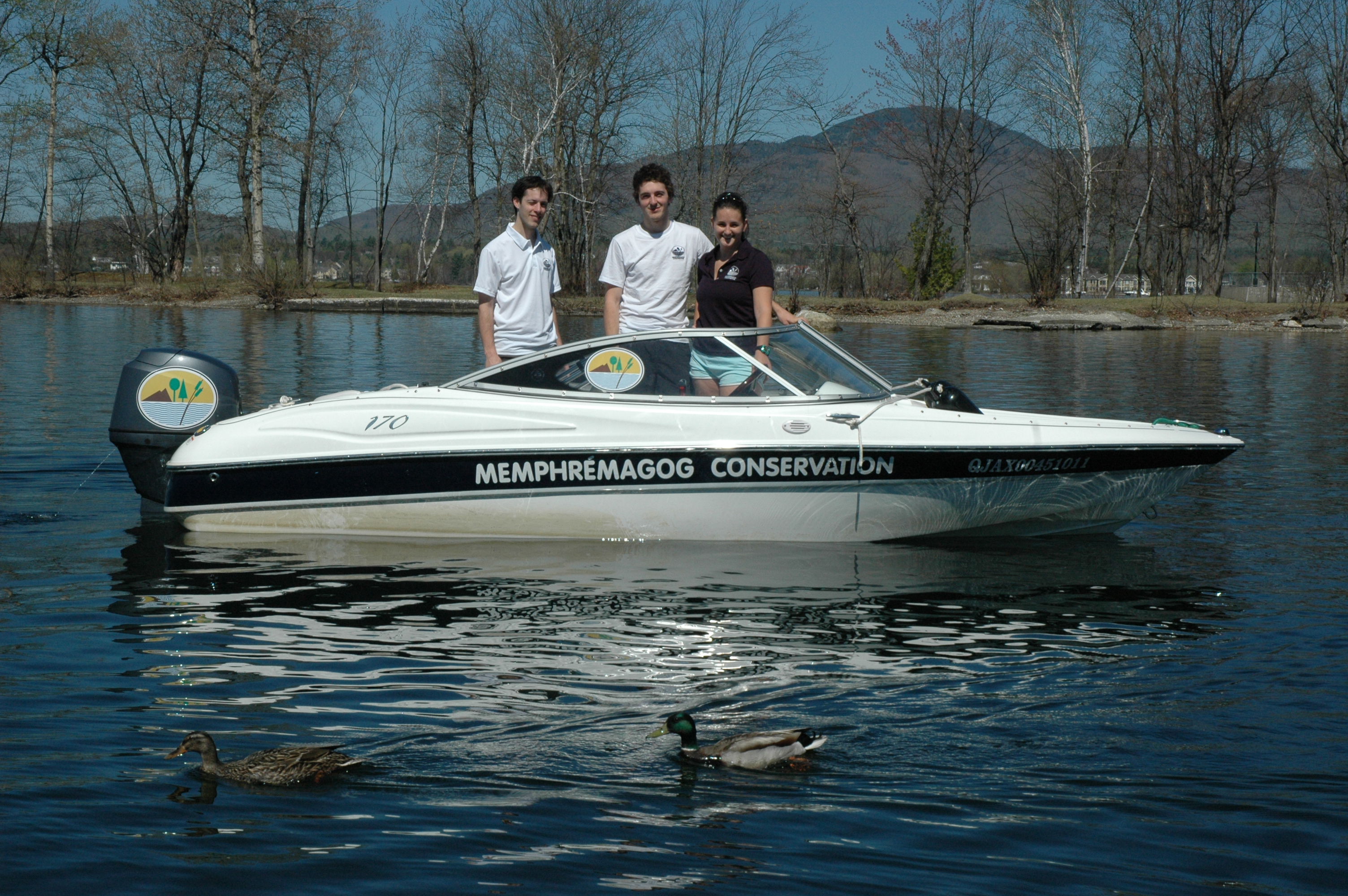


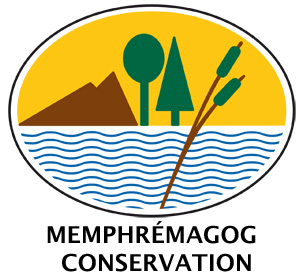












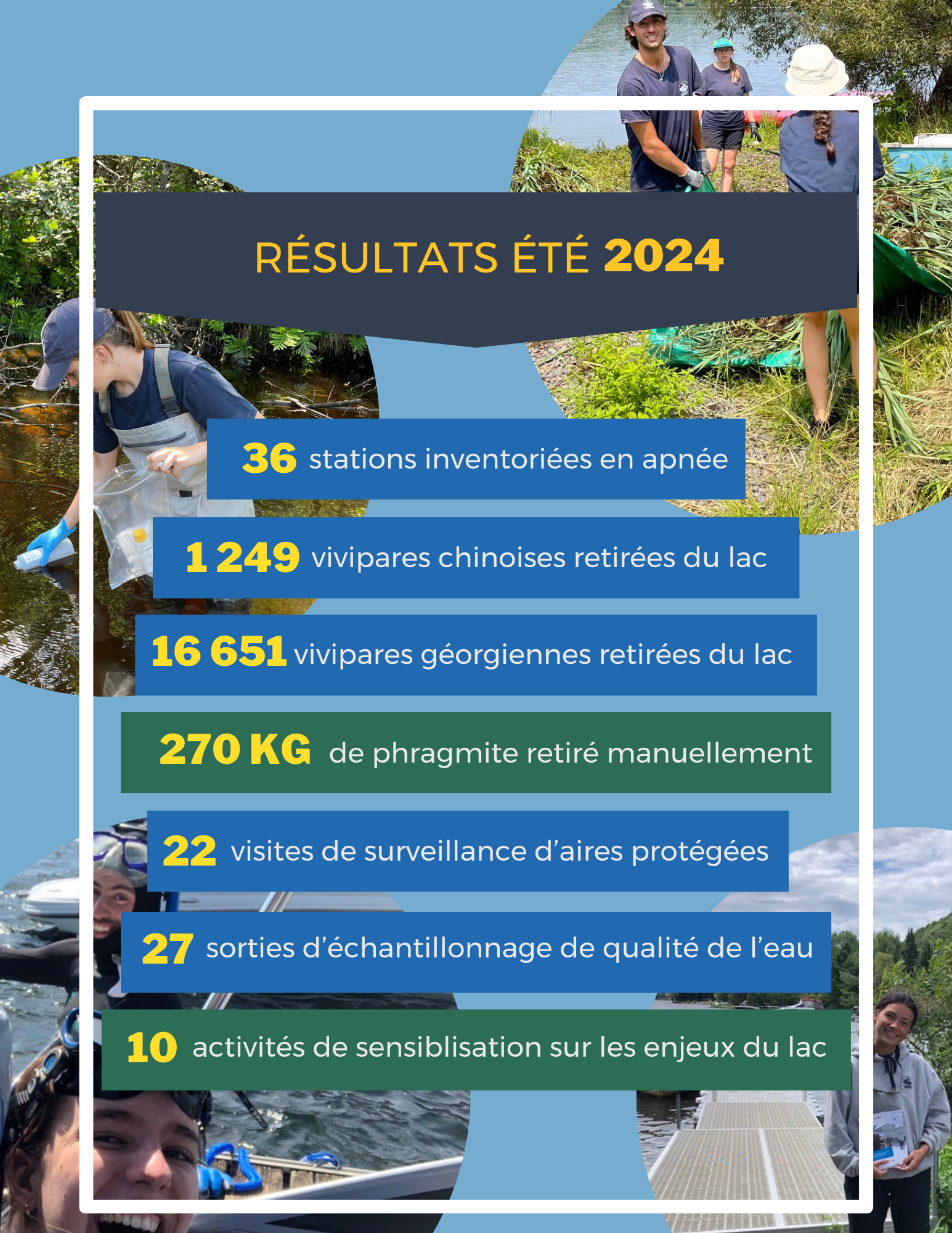
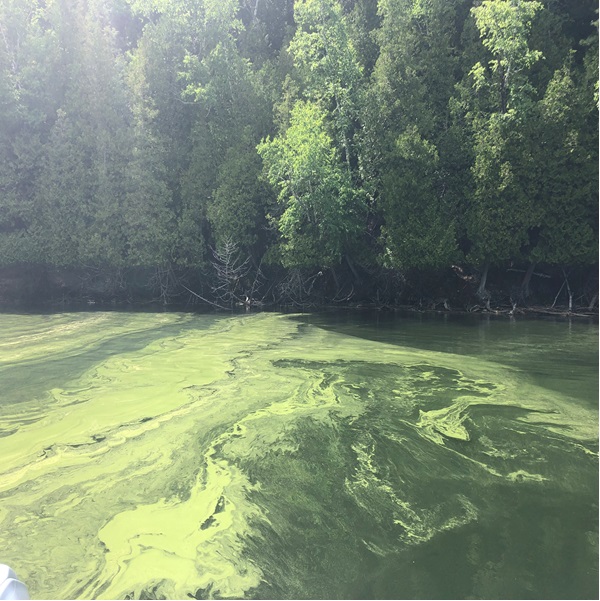
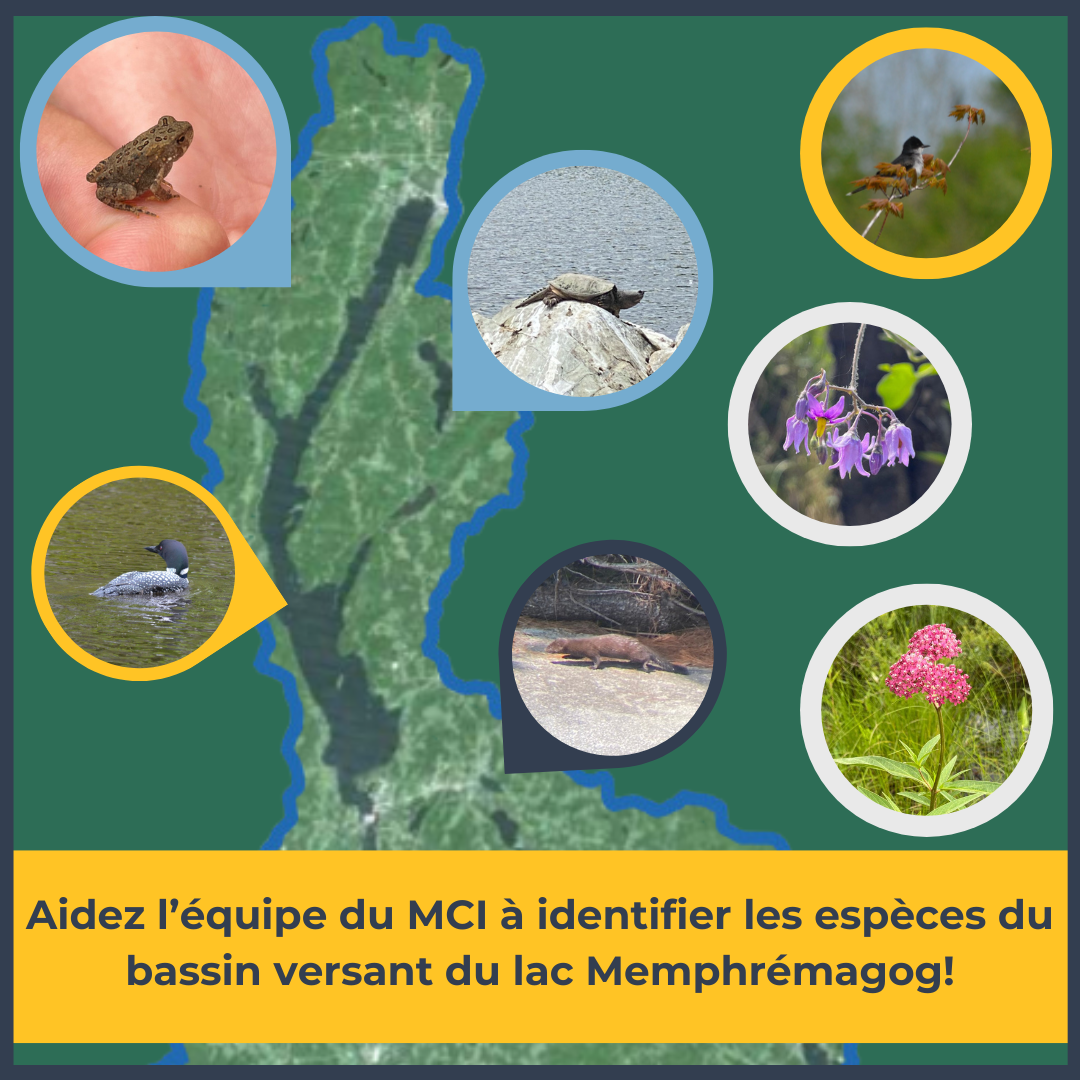
.JPG)

